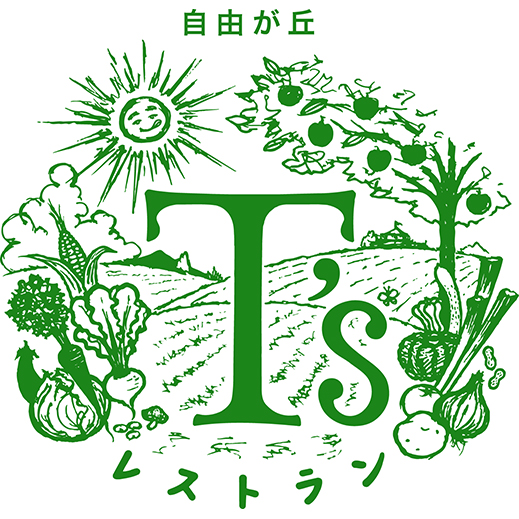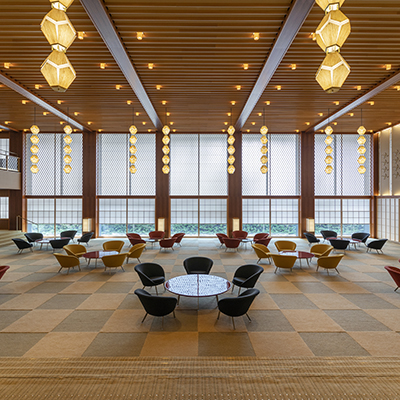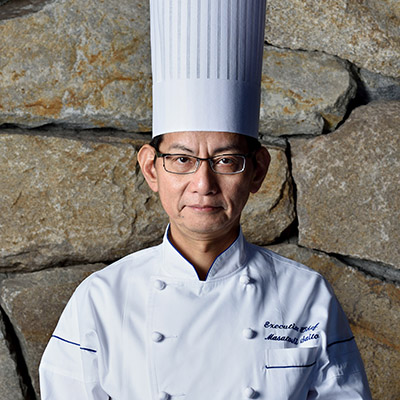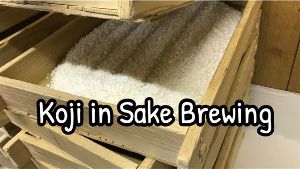August 5, 2025
Matsuo Basho: The Poet Who Elevated Haiku to Art
- Tracing the Life and Legacy of the Haiku Saint -
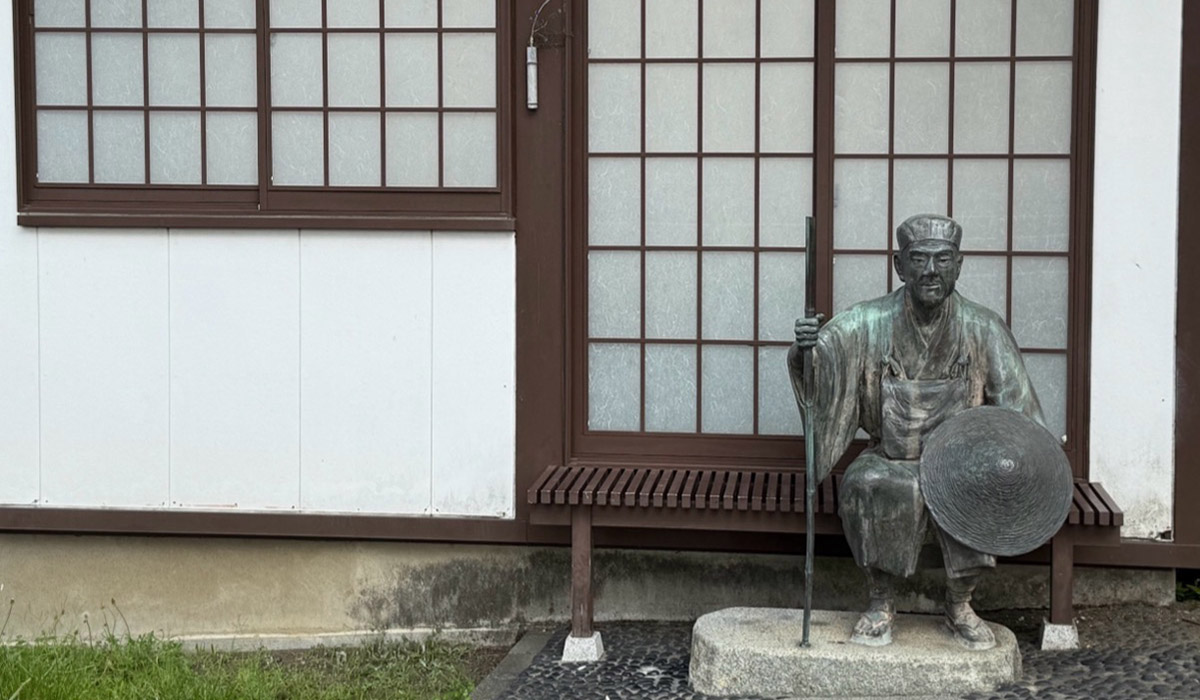
When talking about haiku, one name must never be overlooked: Matsuo Basho (1644–1694). Recognized as the most important figure in haiku history, Basho transformed the form from a playful word game into a refined literary art that captures spiritual depth and aesthetic beauty. His poetry, full of sensitivity and insight, continues to inspire readers across generations.
Who Was Matsuo Basho?
Basho was born in Iga, now known as Mie Prefecture, and started his adult life as a samurai. But his growing love for poetry made him leave the warrior’s path and fully commit to being a poet. Unsatisfied with just writing at a desk, he hit the road, traveling across Japan to find inspiration from nature and encounters with people. For Basho, travel wasn’t just about moving from one place to another; it was a spiritual journey and a way of life.The Masterpiece Where Poetry Meets Travel: Oku no Hosomichi
Among his many travel stories, Oku no Hosomichi (The Narrow Road to the Deep North) stands out as his greatest work, blending prose and haiku to share his thoughts on nature and the human experience. Through this piece, readers get a glimpse into Basho’s worldview and poetic spirit, vividly expressed through his personal experiences and feelings.One of the most famous haiku from this journey reads:
Summer grassesWritten during his visit to Hiraizumi in northern Japan, this verse reflects on the fleeting glory of legendary figures like Minamoto no Yoshitsune and the Fujiwara clan. The phrase “warriors’ dreams” emphasizes the temporary nature of their once-powerful influence, now faded beneath a quiet summer field, serving as a heartfelt meditation on the impermanence of all things.
all that remains
of warriors’ dreams.
Basho’s Revolutionary Contribution to Haiku
In Basho’s era, haiku (then called hokku) was typically a component of collaborative linked-verse poetry. Basho was instrumental in establishing it as a standalone literary form. His poetic philosophy centered on three key principles:He believed true haiku should come from sincerity, not clever technique. By observing the world deeply, feeling it genuinely, and distilling those emotions into 17 syllables, one could produce authentic poetry. Basho called this quality 'makoto’ or honesty of the heart.
Basho’s Enduring Legacy
More than 300 years after his death, Basho’s verses remain a cornerstone of Japanese literature. His influence extends well beyond Japan, inspiring poets, philosophers, and artists worldwide. His words continue to gently remind us of the importance of pausing, observing, and feeling with mindfulness.Let us share one more of his iconic haiku.
On a withered branch
a crow has perched
autumn dusk.
So quiet and profound. With only 17 syllables, Basho vividly portrays a lone crow resting on a barren branch at dusk. The scene comprises three silent elements: “withered branch,” “crow,” and “autumn evening,” evoking a deep and refined sense of solitude rooted in Japanese aesthetics. In this stillness and melancholy, we sense a sublime serenity and timelessness, the core of Basho’s poetic vision.
Introducing the Basho Memorial Museum
Nestled in Fukagawa, the neighborhood where the famous poet Matsuo Basho once lived, the Basho Memorial Museum celebrates Basho’s lasting legacy and his literary journey. The museum displays a wide collection of exhibits, including materials related to his well-known travelogue "Oku no Hosomichi" and other classic haiku works. Next to the museum is a peaceful garden with a statue of Basho, haiku-engraved stone monuments, and a calming waterside scene. The grounds also feature the historic site of the Saitoan Hermitage, the place where Basho began his legendary trip. This cultural hub offers a perfect escape for anyone interested in exploring the poetic spirit of Fukagawa.Starting with the next issue, we will explore the haiku Basho composed during his travels along Oku no Hosomichi. Additionally, we’ll introduce haiku written by everyday people across Japan. Haiku isn’t just the domain of great poets; students, retirees, and many others continue to share their thoughts and feelings through this form. This series will highlight these voices, all part of daily life.
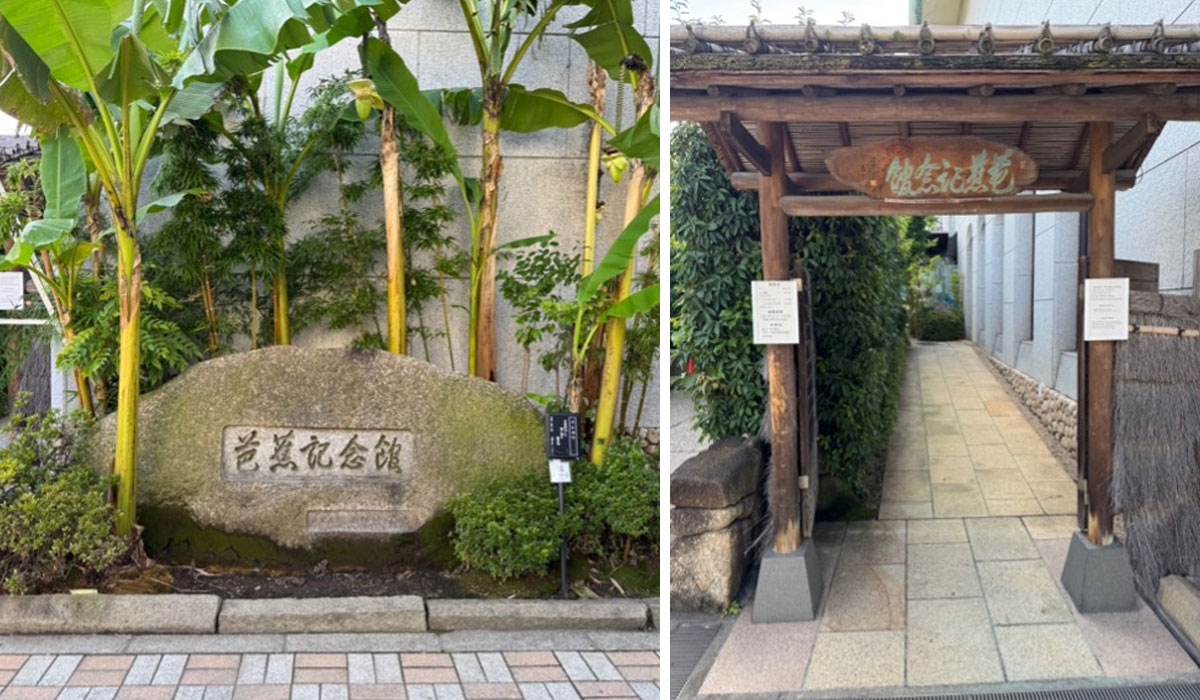
Basho Museum https://www.kcf.or.jp/basho/
1-6-3, Tokiwa, Koto-ku, Tokyo 135-0006 TEL 03-3631-1448



